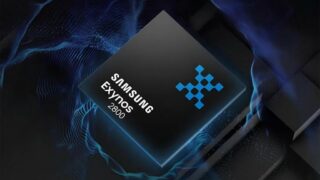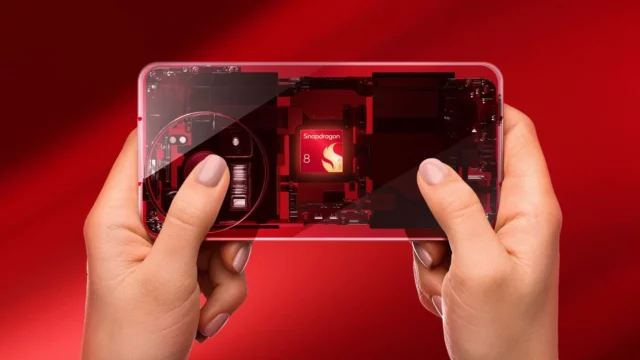Scientists in Hong Kong have unveiled a breakthrough anode-free sodium battery that tackles cost, speed, and safety all at once.
Anode-free sodium battery skips lithium, slashes cost

Sodium has long been seen as a cheaper alternative to lithium for batteries. It’s abundant, easy to source, and found in something as common as table salt. But early sodium batteries came with trade-offs, especially when it came to durability and charging performance.
Now, researchers at Lingnan University have found a workaround: an anode-free design that removes the need for a fixed anode entirely.
How the anode-free sodium battery works
Instead of using a permanent anode, this design creates one during the charging process. Sodium ions collect on a metal surface to form the anode on the fly.
But this process used to come with serious risks. Rapid charging would create dendrites, sharp metal formations that short-circuit the battery. The research team solved this by modifying the electrolyte formula.
High salt concentration improves battery stability
To fight instability, scientists increased the sodium salt concentration around the collector. This allowed ions to settle evenly, avoiding dendrite formation even under high-speed charging.
The results speak for themselves:
- Full charge in just six minutes
- 10C fast-charging rate
- 500+ cycles with 70% capacity retention
- Zero fixed anode required
Anode-free sodium battery shows potential for EVs
Because sodium costs less than one-tenth of lithium, this new tech could seriously cut costs for electric vehicles and grid storage. Project leader Prof. Li Liangliang believes this design could scale beyond labs and into mass-market products.
Applications might include:
- Electric vehicles
- Solar and wind energy storage
- Power banks and mobile gadgets
Scaling remains the next big challenge
For now, the prototype lives in the lab. But if the team can bring the anode-free sodium battery to industrial production, lithium might finally meet its match.














